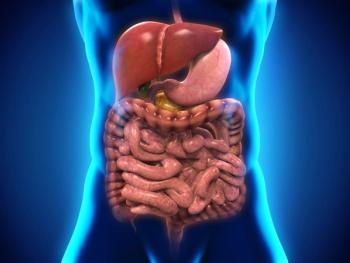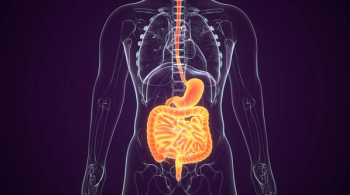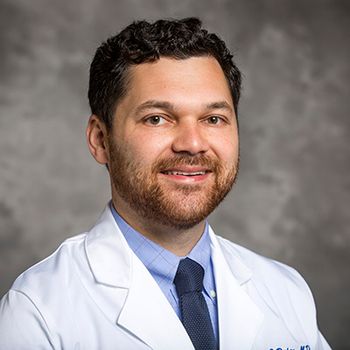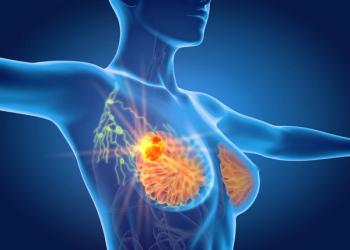
Oncology NEWS International
- Oncology NEWS International Vol 11 No 1
- Volume 11
- Issue 1
NIEHS Funds Six-Member Toxicogenomics Consortium
RESEARCH TRIANGLE, North Carolina-Five academic research centers will join the National Institute of Environmental Health Sciences (NIEHS) to form a consortium to study how genes interact with the environment to cause cancer and other
RESEARCH TRIANGLE, North CarolinaFive academic research centers will join the National Institute of Environmental Health Sciences (NIEHS) to form a consortium to study how genes interact with the environment to cause cancer and other diseases, an emerging field known as toxicogenomics. Each of the groups in the 5-year, $37 million program funded by the NIEHS will receive grants totaling more than $7 million.
The consortium will work with NIEHS scientists and use genomics to determine how disease occurs, identify potential environmental hazards, predict potential disease, identify exposed individuals, and prevent disease. The consortium members and their projects are as follows:
NIEHS: gene expression profiling to explore environmental stresses on human health. This research group will make use of gene expression microarray technology validation studies.
University of North Carolina at Chapel Hill: the study of susceptibility factors in the genomic response to toxicants.
Fred Hutchinson Cancer Research Center: gene expression profiling in transgenic mice and rats, and in human cell lines exposed to environmentally relevant agents.
Oregon Health and Science University: cell-specific injury in the central nervous system and gene profiling of induction mechanisms associated with neurotoxicant exposures.
Duke University: gene expression profiling to explore environmental stresses on human health.
Massachusetts Institute of Technology: gene expression profiling to explore environmental alkylating agents stresses on human health.
Articles in this issue
almost 24 years ago
ODAC Sends Mixed Message on New Gliadel Wafer Indicationalmost 24 years ago
ONCC Certification Test Results Are Announcedalmost 24 years ago
Rituximab Ups Survival in Aggressive and Indolent NHLalmost 24 years ago
Topotecan Used in Aggressive Front-Line Therapy for SCLCalmost 24 years ago
Depsipeptide Shows Activity in T-Cell Lymphomaalmost 24 years ago
FDG-PET Useful in Newly Diagnosed and Recurrent NSCLCalmost 24 years ago
Adjuvant Anastrozole Superior to Tamoxifen in Huge ATAC Breast Cancer Trialalmost 24 years ago
ODAC Backs Adding HER-2 DNA Test to Herceptin Package Insertalmost 24 years ago
FDA and VA Plan Joint AIDS Studyalmost 24 years ago
Breast Conservation Increases With On-Site Radiation UnitNewsletter
Stay up to date on recent advances in the multidisciplinary approach to cancer.
















































































